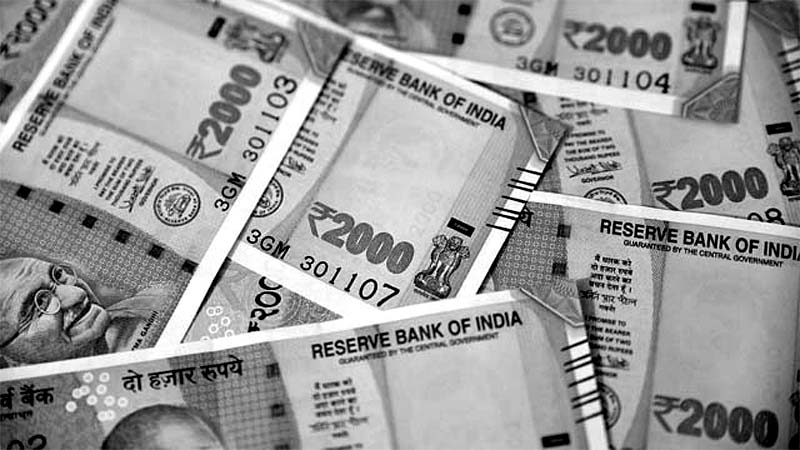Just six years after the United States gained independence from its colonial ruler, there was another uprising across the ocean in the French colony of St. Domingue. This rebellion (Haitian Revolution) lasted from 1791 to 1804, with revolutionaries battling against French forces until they eventually succeeded in establishing the Republic of Haiti. Historian Gerald Horne points out that instead of feeling solidarity with these fellow fighters for freedom, the leaders of the early US republic were actually deeply concerned about how this uprising might affect their own country.
George Washington voiced his profound concern about a potentially international “spirit of revolt among the blacks.” He mused, “where it will stop, once started, is difficult to say.”
His fear, of course, stemmed from the potential for similar uprisings within his own country. Just days after the outbreak of fighting, the governor of South Carolina urgently wrote to Washington, warning of the striking similarities between conditions in St. Domingue and those in his state – where white enslavers were also vastly outnumbered by a potentially rebellious African population.
With the US and European powers engaged in a struggle for control across the Caribbean and North America, Horne writes, each nation feared that a rival might form an alliance with the Haitian rebels. Such an alliance would pose a formidable threat, not only due to revolutionary leader Toussaint Louverture’s vast army but also because of its potential to attract local recruits. Leaders like John Adams warned that a force of Black soldiers landing in Virginia or South Carolina would quickly gain support from enslaved people there. Britain faced similar anxieties about Jamaica and its other Caribbean colonies.
Concerns extended beyond existing Haitian forces. US and British leaders worried that the continued importation of enslaved Africans could further destabilize their territories. This fear played a role in both countries abolishing the importation of African slaves in the early nineteenth century.
As Haiti’s revolution progressed, European slaveholders who fled to the US reinforced the political support for pro-slavery policies. These refugees stoked fear with gruesome tales of the potential fate of white people if enslaved Africans gained power.
Meanwhile, as Horne writes, enslaved Black Haitians forcibly brought to the mainland carried a contrasting narrative – inspiring stories of their ongoing revolution. Jefferson himself acknowledged in 1802 the “considerable impulse” the Haitian struggle gave to “the minds of slaves in different parts of the US.” This inspiration fueled numerous uprisings within US states.
The Black republic also provided material support to the international abolitionist cause. Under Toussaint, Haitian forces seized slave ships, diverting the enslaved Africans to serve in the Haitian Army. Haiti became a crucial center for abolitionist organizing in the Americas.
In the US, Horne writes, pro-slavery forces vehemently opposed Haiti and its ideals. In 1844, the US supported the Dominican Republic’s independence from Haiti. Furthermore, prominent slavery defender Secretary of State John C. Calhoun sent arms to the Dominican Republic, hoping to destabilize the Haitian government.
The politics of race in the US remained deeply intertwined with its relationship to Haiti up to and even after the Civil War.
Edited by Brajabandhu Mahanta from “The Haitian Revolution and American Slavery” by Livia Gershon

